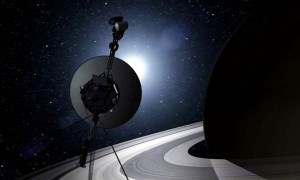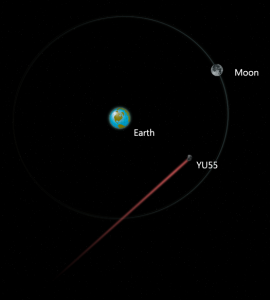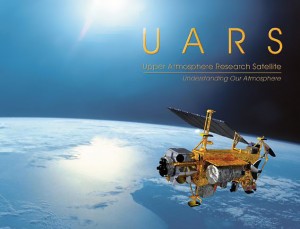
NASA‘s Voyager 1 spacecraft have now entered a new region between our solar system and interstellar space. The data obtained from Voyager over the last year reveals this new region to be a sort of cosmic purgatory. In this area the wind of charged particles streaming out from our sun has become calmer, our solar system’s magnetic field is piled up, and higher energy particles from inside our solar system appear to be leaking out into interstellar space.
Although Voyager 1 is about 18 billion kilometers (11 billion miles) from the sun, it is not yet in interstellar space. Based on the latest data collected, the direction of the magnetic field lines has not changed, indicating Voyager is still within the heliosphere, the bubble of charged particles the sun blows around itself. The data do not reveal exactly when Voyager 1 will make it past the edge of the solar atmosphere into interstellar space, but suggest it will be in a few months to a few years.
Continue reading “NASA’s Voyager hits new region at the edge of our solarsystem”



